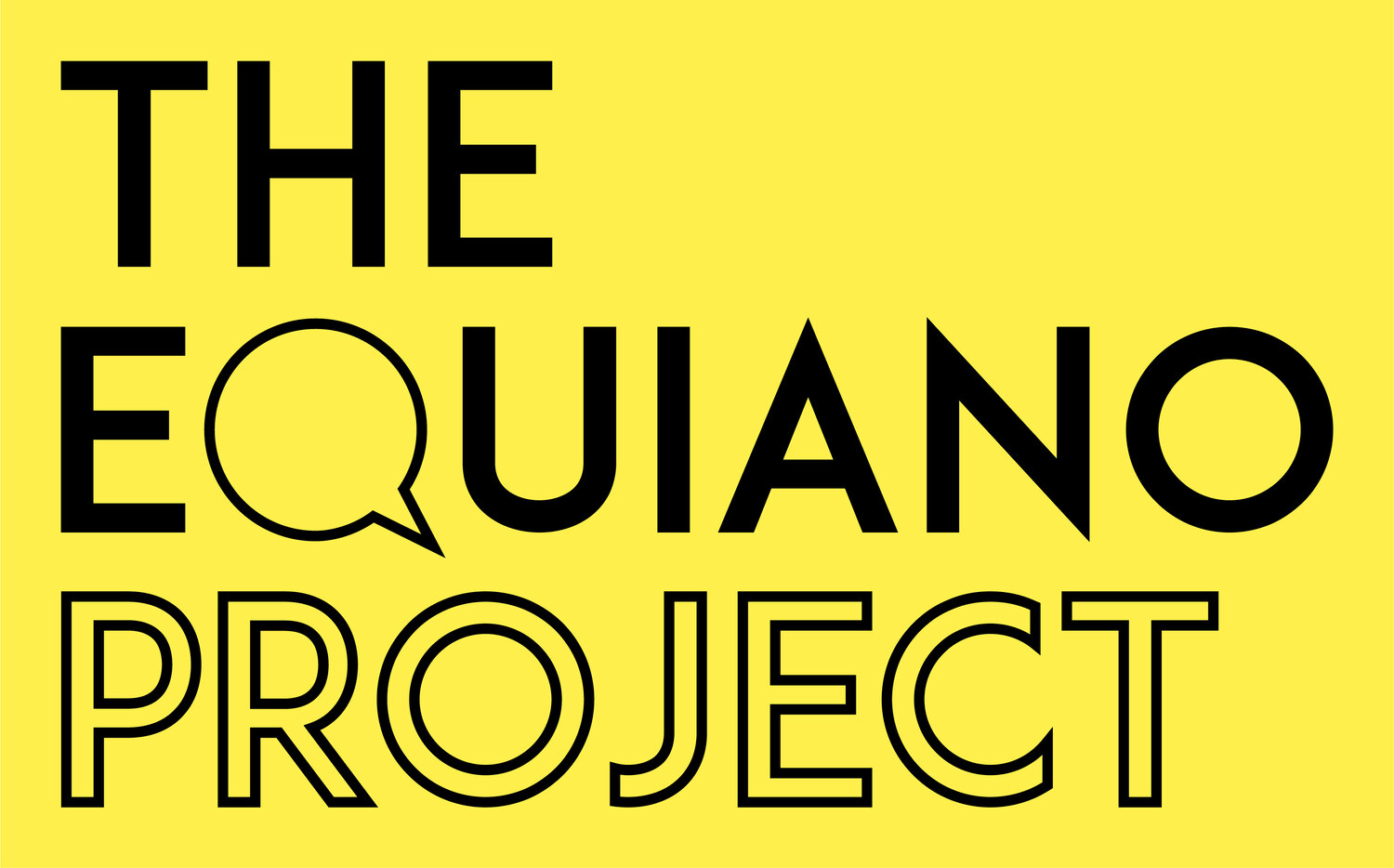Examining Empire: Why the public need to be involved - Vicki Robinson
The Equiano Project founder Inaya Folarin Iman has been appointed as a Trustee for the National Portrait Gallery in London. She takes on this role at a pivotal moment. Following the Black Lives Matter protests in the summer of 2020, many of Britain’s most important and powerful cultural institutions are re-examining their collections in the light of empire, colonialism and slavery. Discussions abound regarding how collections are presented and whether certain works should be returned to their country of origin, most notably the Benin bronzes displayed at the British Museum.
For many people, this is all very new. Empire has been hugely under-examined, causing much upset to some people from minority backgrounds. Some have experienced racist abuse, being told to ‘go home’ when they themselves or their ancestors were British subjects from colonised parts of the world. Now, however, the situation is very different and we are experiencing a deluge of information about this phenomenally complex aspect of our history.
It is, therefore, important that potential changes to collections are examined carefully. Unfortunately, it can be difficult to work out what is going on. Debate in the national press often centres around leaked documents, many of which are then discussed very emotionally in the tabloids and on social media.
For example, The Telegraph reported on an internal review by the Natural History Museum into Charles Darwin. Staff were informed that statues and collections that 'could potentially cause offence' would be reviewed along with room names. Then, The Daily Mail picked up on this, reporting on it in an alarmist way. The Natural History Museum’s intentions remain unclear.
The National Trust has been central to this debate. An internal briefing document leaked to The Times caused great concern with its references to an ‘outdated mansion experience’ and a ‘loyal but dwindling audience’. The document also outlined plans to put collections into storage and hold fewer exhibitions in order to prioritise the organisation acting as a ‘gateway to the outdoors’. Again, what is actually planned is unclear.
To its credit, the National Trust released an interim report, detailing connections that 93 properties have with colonialism and historic slavery. The organisation has also been open about what they are doing on Twitter and has dealt with some very emotional responses.
Twitter is not the best place to hold such a sensitive discussion. Our leading institutions could create calm by responding promptly to tabloid flare-ups perhaps by releasing a statement giving details. They might also offer assurance that the positive side of our history will be shown.
This would be especially helpful in the light of Charles Darwin, whose thinking has contributed so much to our understanding of humanity and the world. Reassuring people that his achievements will still be appreciated alongside an examination of the more challenging aspects of his legacy, notably in the area of eugenics, would likely assuage concerns and also generate much-needed discussion.
But this can only happen if changes are balanced. Questions need to be asked about the thinkers influencing powerful people in our museums. Barnaby Phillips, in his hard-hitting book Loot: Britain and the Benin Bronzes, points to the new museum being planned in Edo, Nigeria, that aims to hold the finest collection of Benin artefacts. Those involved want some of their items shown in the much-visited British Museum, so long as those items are no longer owned by the museum, this seems reasonable.
Dan Hicks, Professor of Contemporary Archaeology at Oxford University and Curator of Archaeology at the Pitt Rivers Museum, is much more radical. In The Brutish Museums: The Benin Bronzes, Colonial Violence and Cultural Restitution, he argues not just for restitution of stolen artefacts, but that museums themselves are expressions of white supremacy. This book has featured on numerous podcasts and is apparently popular with younger curators.
Who is the more influential? Are there other thinkers to consider? It is important that staff at our cultural institutions consider intellectually and politically diverse approaches. Those in positions of influence also need to be intellectually and politically diverse, something sorely lacking since the New Labour years. Fortunately, this is starting to change, as our founder’s recent appointment illustrates.
Our cultural institutions can surely acknowledge both the positive and negative aspects of our history and culture without ever becoming complacent about the continued need for change and examination. Transformation is possible. After all, the National Trust initially changed country homes from playgrounds of the elite to places to be enjoyed by anyone.
It would also be helpful if organisations were more transparent about their diversity training. Concerningly, an investigation by The Telegraph into such training at the National Trust revealed a process that appears politicised. Participants were apparently shown two cartoons. One, captioned ‘equality’, depicted people of various heights standing on boxes of the same size, with the shortest unable to see over a fence. Another, captioned ‘equity’, showed people standing on different boxes so that they were all the same height.
If correct, this is a hugely biased and highly oversimplified explanation of a complex issue. Political opinions should never be presented as facts. Biased staff could lead to biased exhibitions.
All this shows the importance of involving the public. We need to explore the difficult areas of our history together. By being open and embracing diverse viewpoints, our cultural institutions can potentially generate much-needed unity around this difficult issue. We should all have a say in how our country and its institutions examine our history and culture. Such an important endeavour should be shared and never happen behind closed doors.
